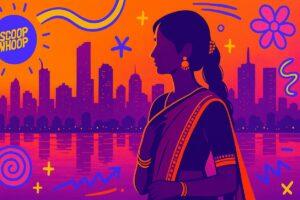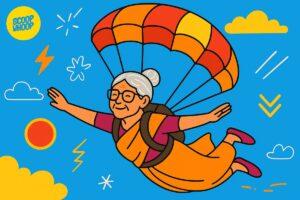In a landmark ruling in 2014, India officially recognised hijras as the third gender. They are now taking up important positions in administration, heading colleges and taking on life, one step at a time. Quite recently, Yash Raj Films in association with Red Label Tea launched the 6 Pack Band, a band that comprises 6 hijras along with noted singer, Sonu Nigam.
Their grace and beauty are seldom appreciated. Instead, they are known for their infamous, loud taalis (claps). Which, for believers, is quite a blessing. Yes, we are talking about the third gender.
All these efforts are commendable, and they are a hundred steps forward for all the time we have spent cursing the third gender. But we still have a long way to go. They are still discriminated, still treated as pariah, and many of them are still deep in the web of sex trade because of lack of equal opportunities in our country.
In an attempt to show them for the beautiful human beings that they are, Jill Peters, a photographer from New York captured some of the third genders in their most beautiful self.
And they are truly beautiful.
Vijya
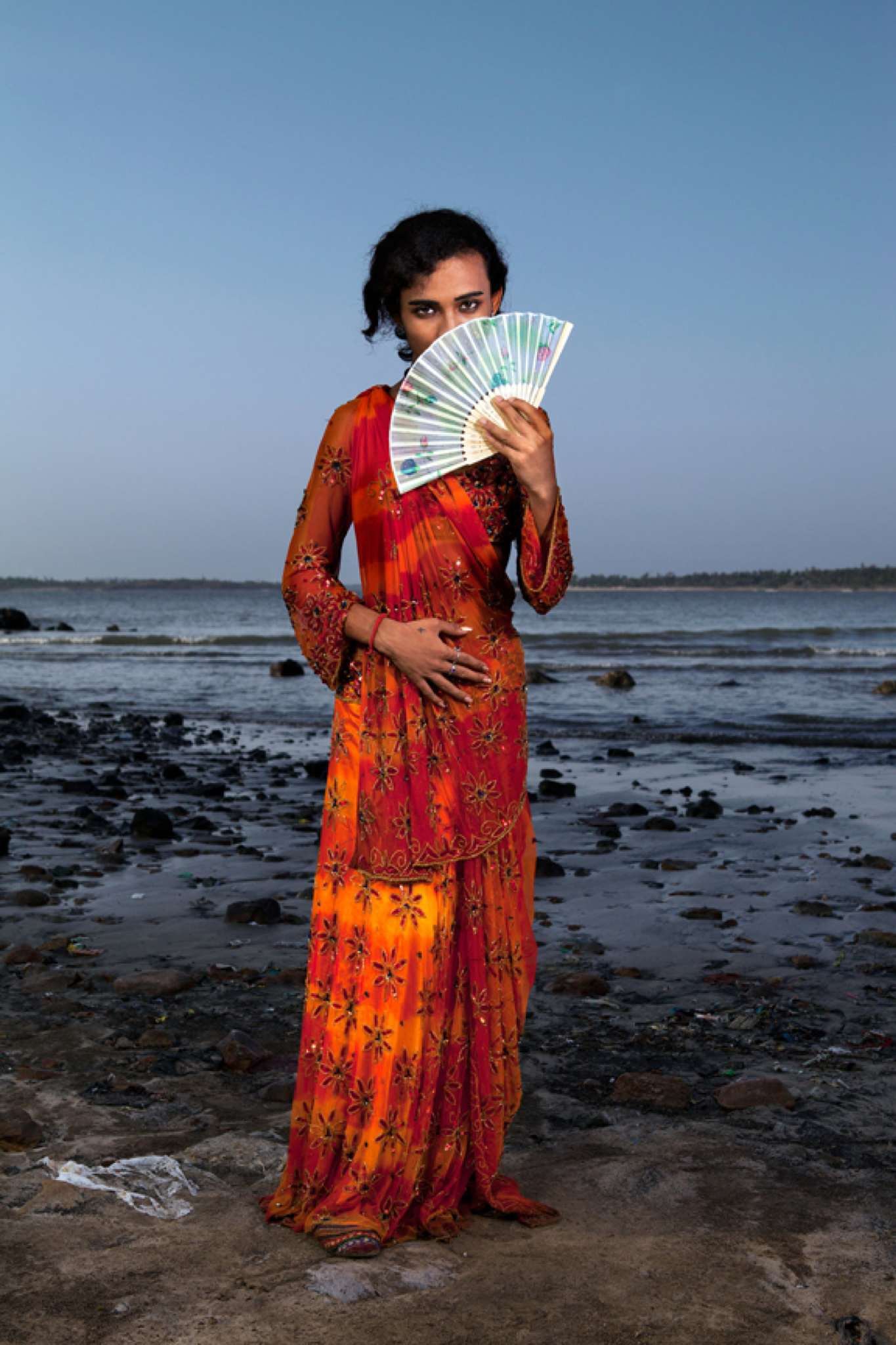
Shreya
Shreya realized she could fulfill her dream of becoming a woman and had her first operation at the age of 21. In order to earn money for more surgeries, she became an escort.
When Shreya returns to visit her family in their small village, she has to wear a burqa, even though she is not a Muslim. Her mother does not want any of the neighbors to recognize her.
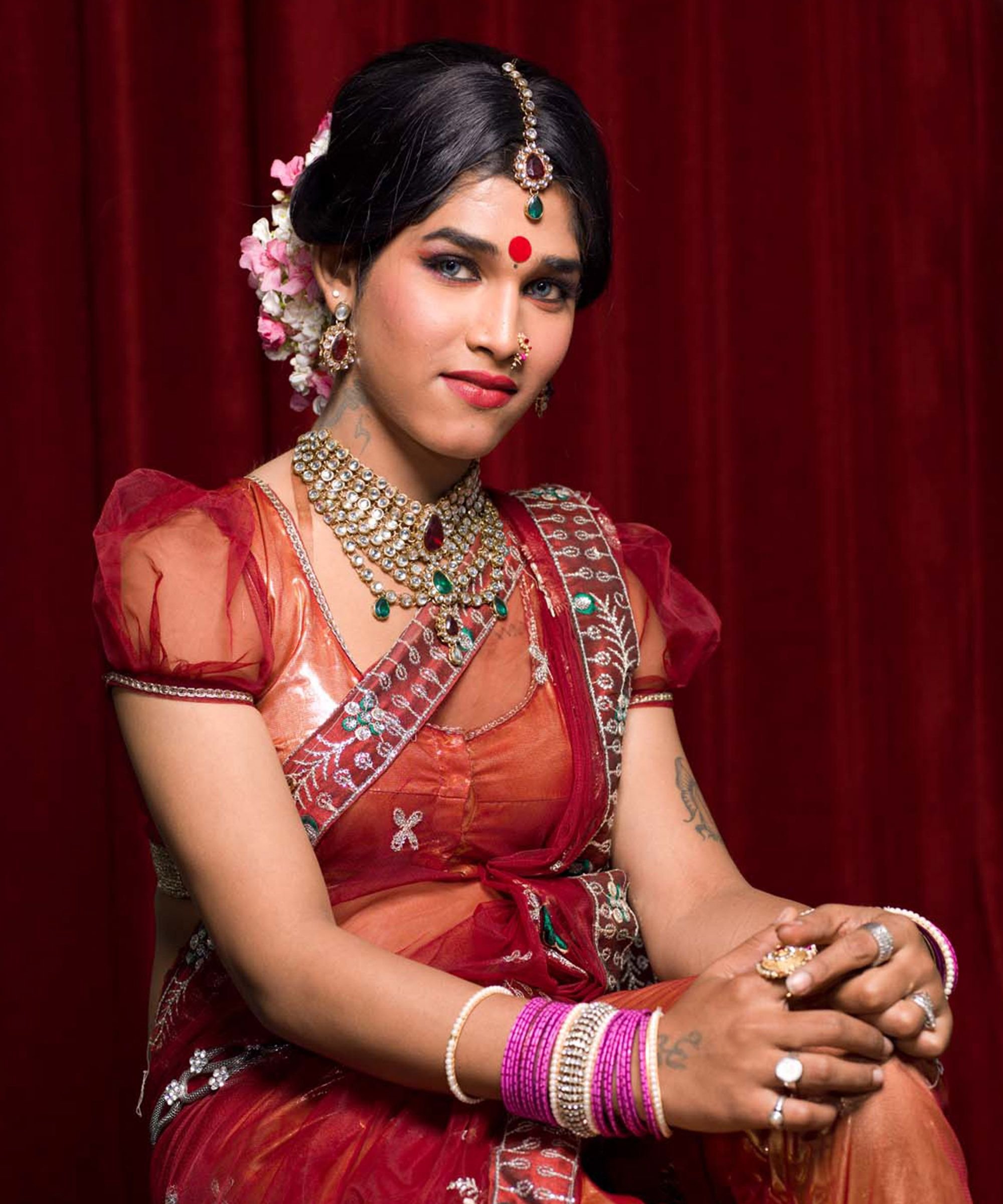
Banu
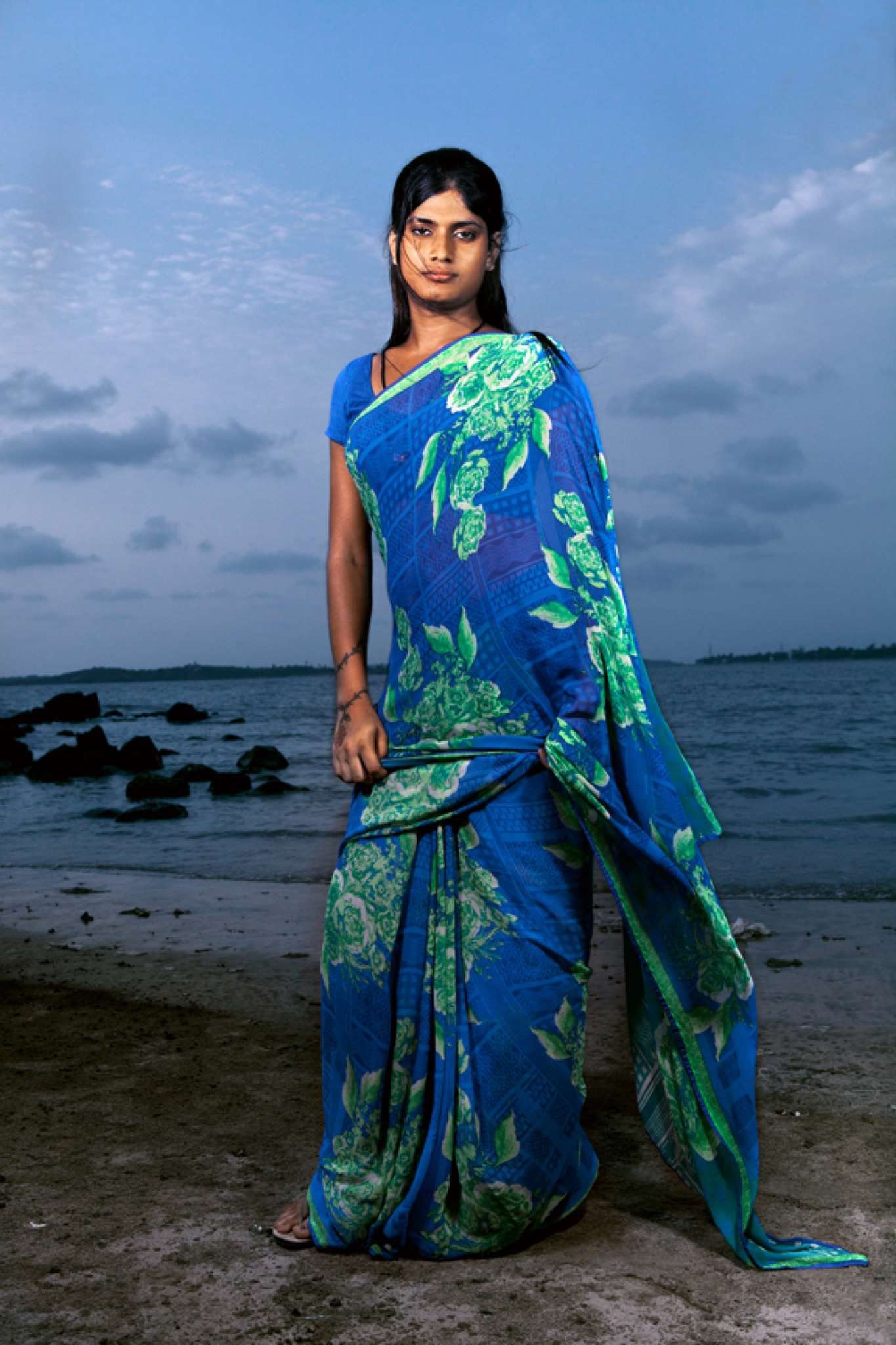
Harsha
She left home and became a sex worker, saved her money and got breast implants. Three years ago, she joined an NGO that provides social services (such as HIV testing and education) to the LGBT community. She also joined a dance troupe that performs at wedding ceremonies and the births of children.
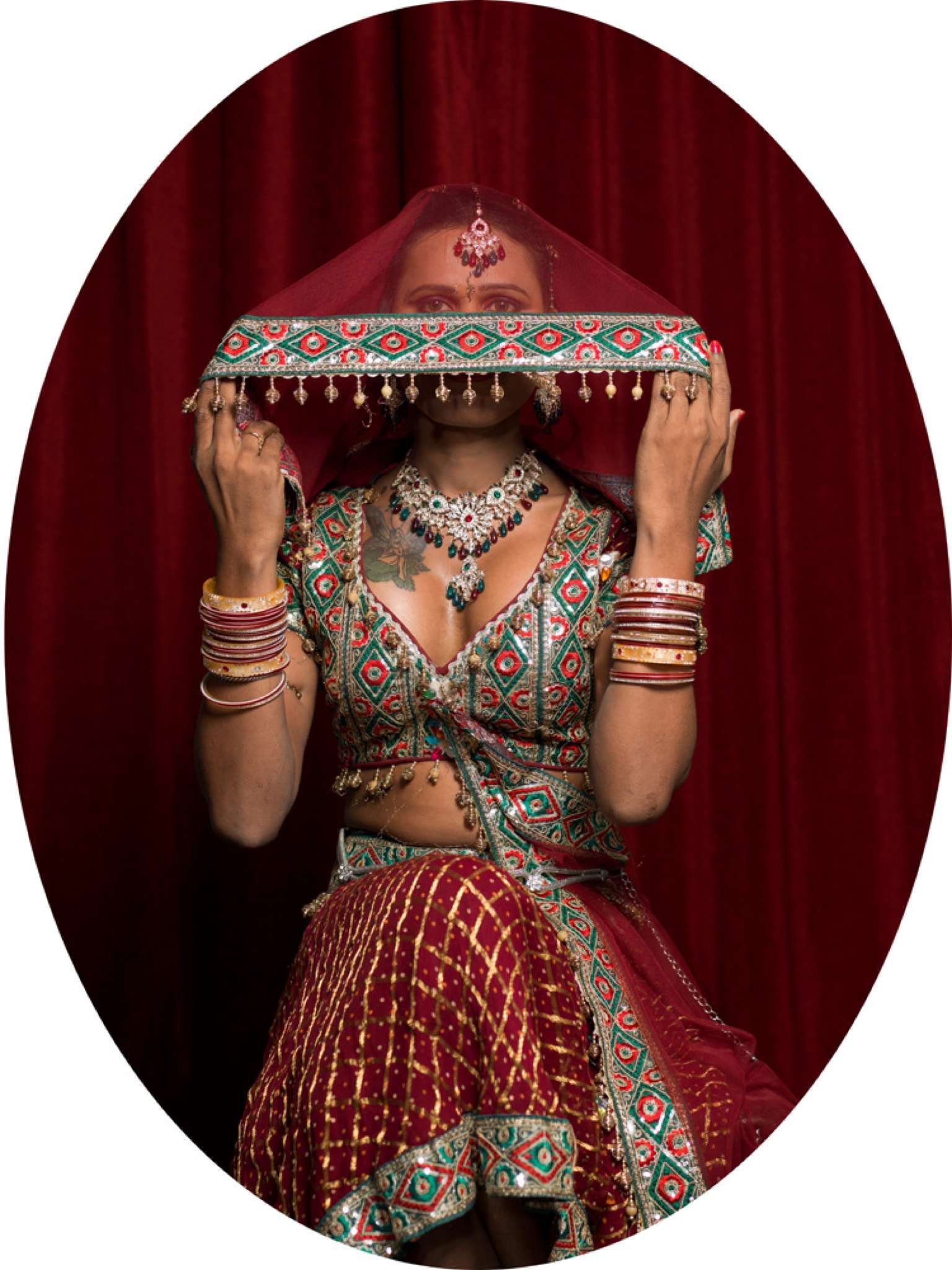
Debo
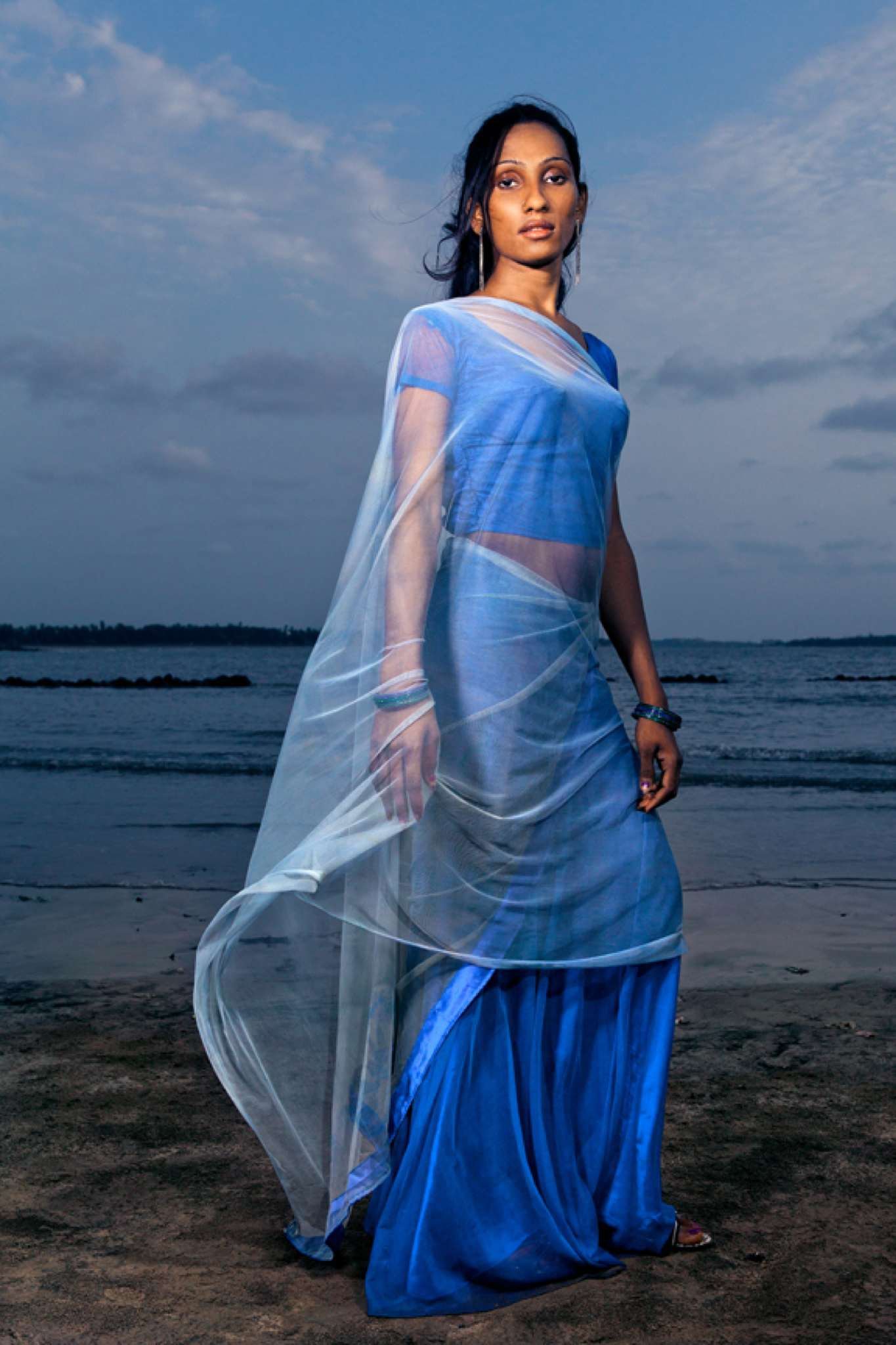
Muskan
Muskan left home when her family refused to accept her living as a girl. She now lives in Mumbai with a guru and other hijras, cooking, cleaning, begging for a living and giving blessings for pennies. She had an operation at 15.
She has a boyfriend back in her small village, whose parents don’t approve of their relationship. He is thinking about moving to Mumbai so they can be together.
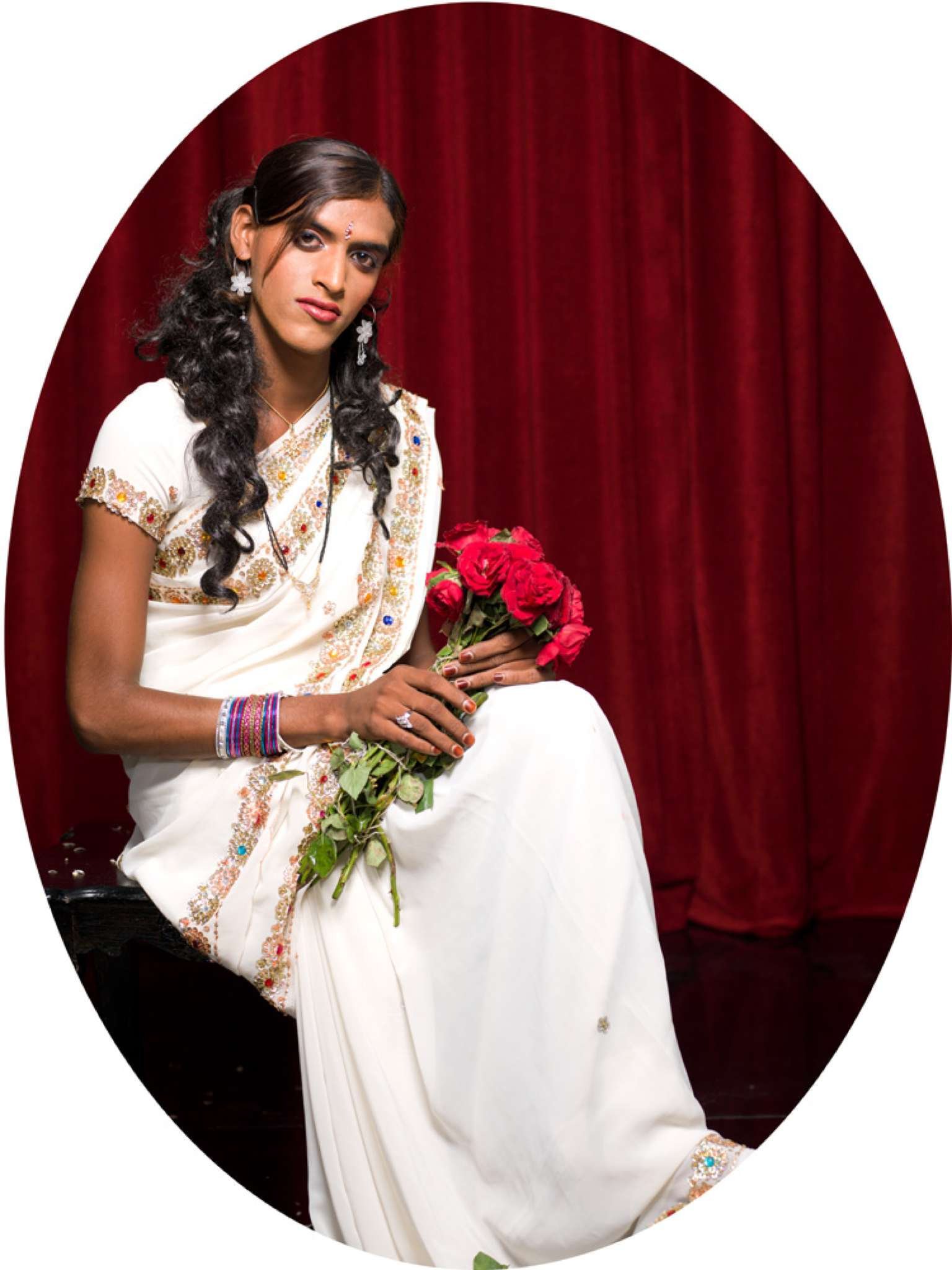
Anusha
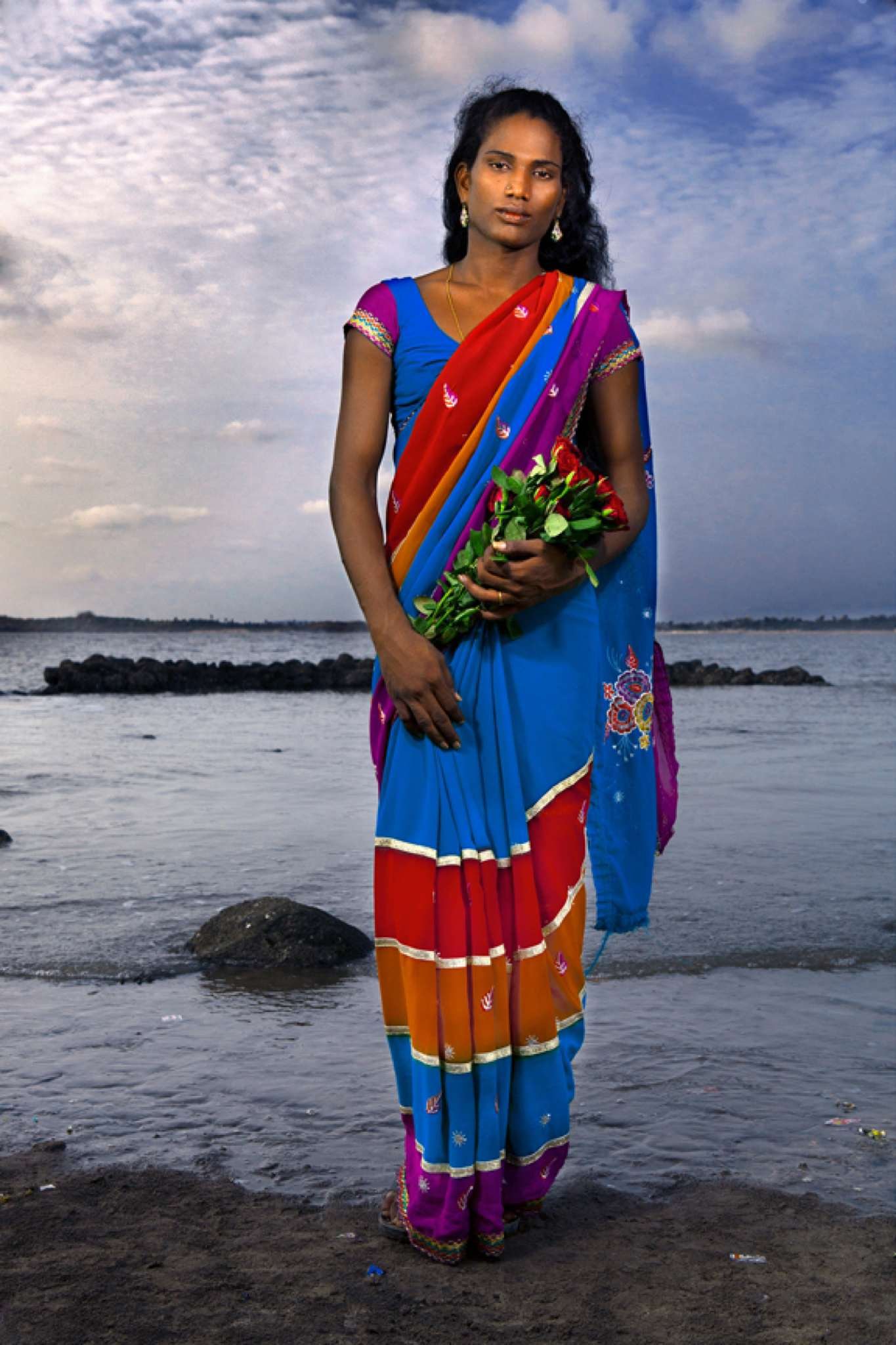
Sangita
She was 10 years old when she realized she wanted to be a girl, but she never told anyone. As a young man, she got her degree and a job teaching natural sciences at a school in her village. She was fired on the complaint of some parents, who said she was too effeminate.
Despite her education, Sangita moved to Mumbai so she could be who she is. Now she makes a living begging at the traffic lights.
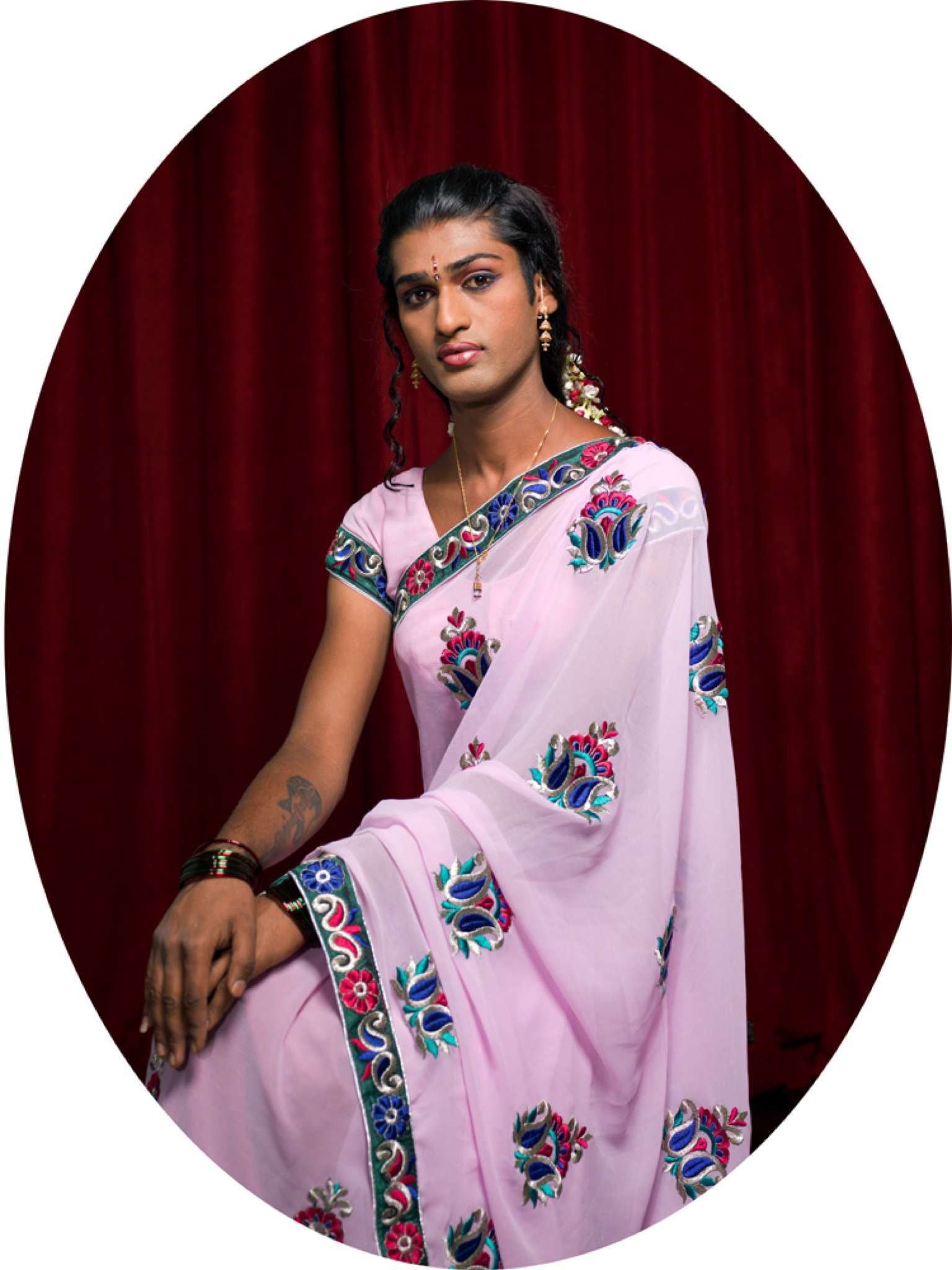
Julie
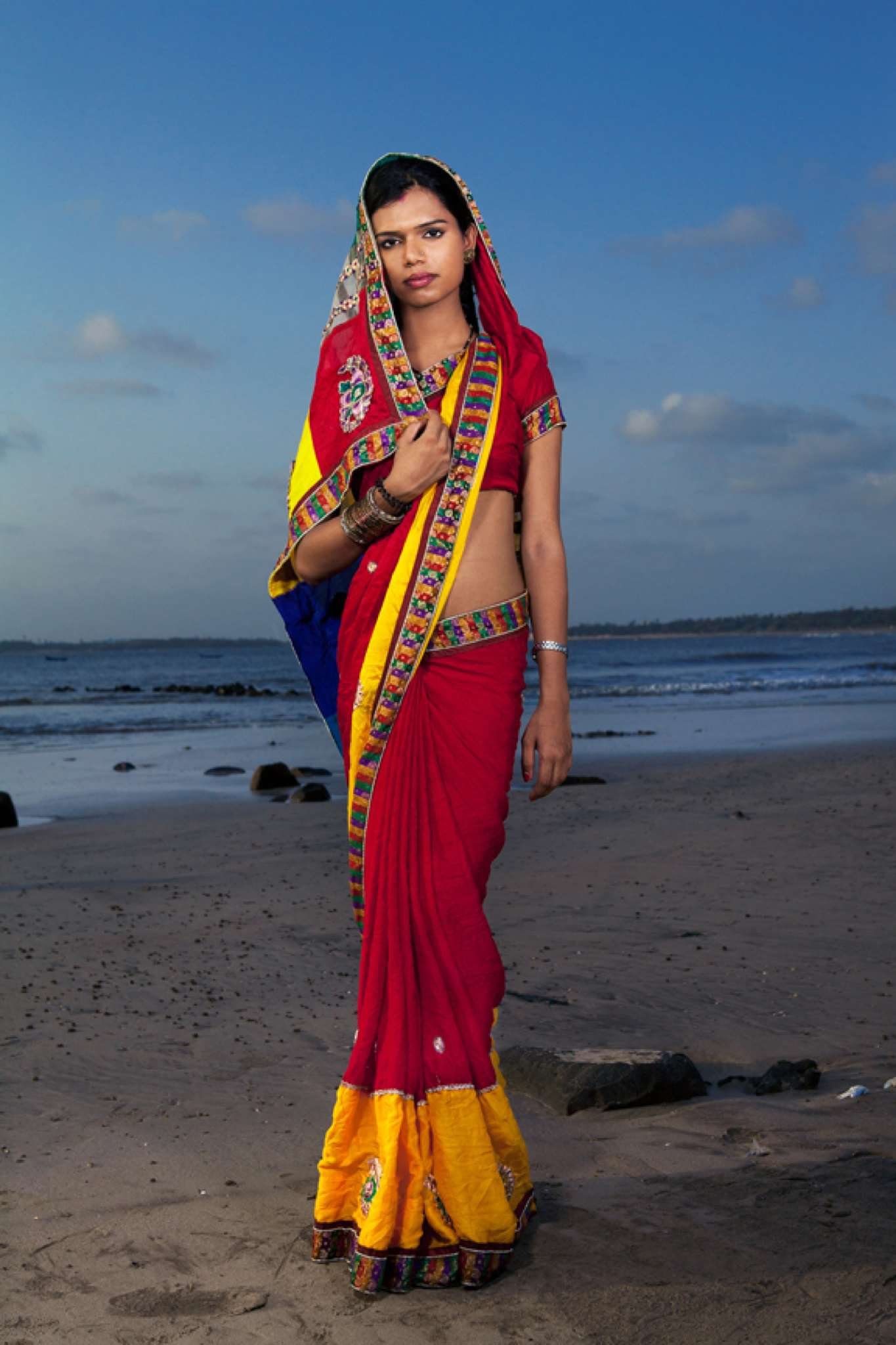
Sneha
Sneha fled to Mumbai when she was 16 and survived by begging. At 18, she became a sex worker. Now that she is in a position to send money home, her family has accepted her, and Sneha goes back to her village every year for two months.
She married her boyfriend there, against his family’s wishes.
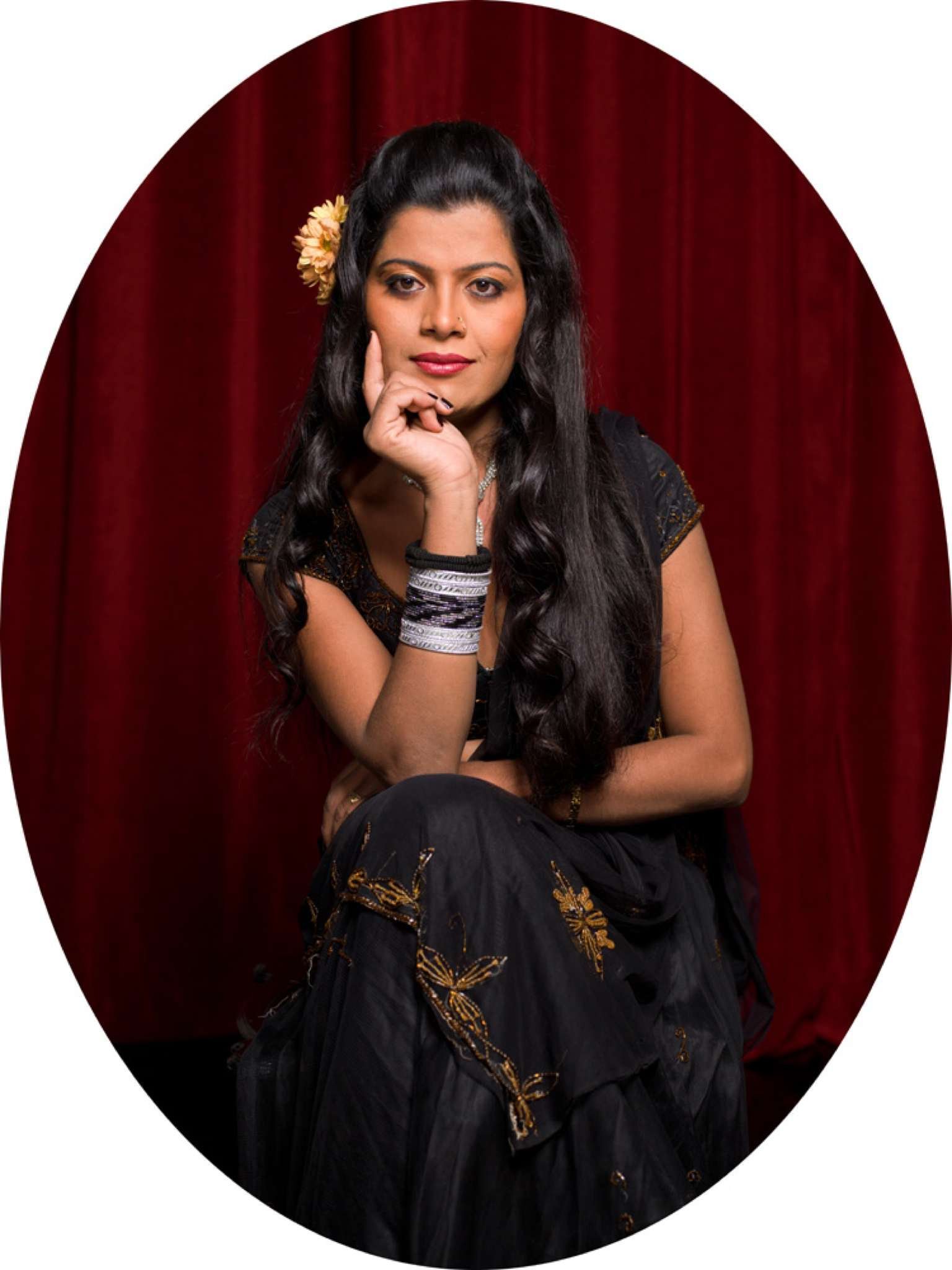
Sonakshi
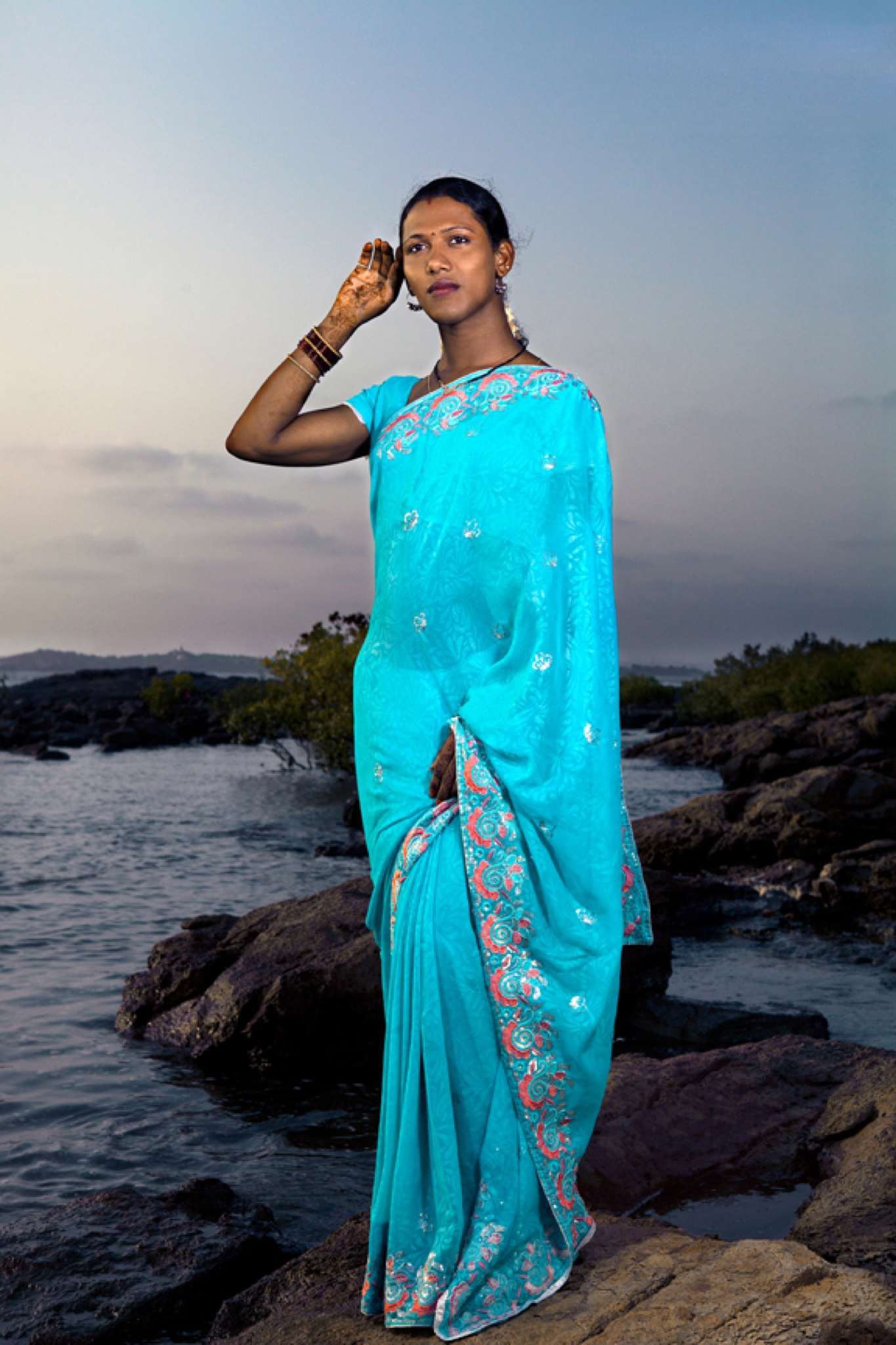
Sreesha
Sreesha tried on a sari for the first time and never wanted to take it off. She tried to wear girls’ clothes in her village, but was ridiculed. If her father caught her, he would beat her. But through time, he has grown to accept her. She is able to visit her family now dressed as a woman.
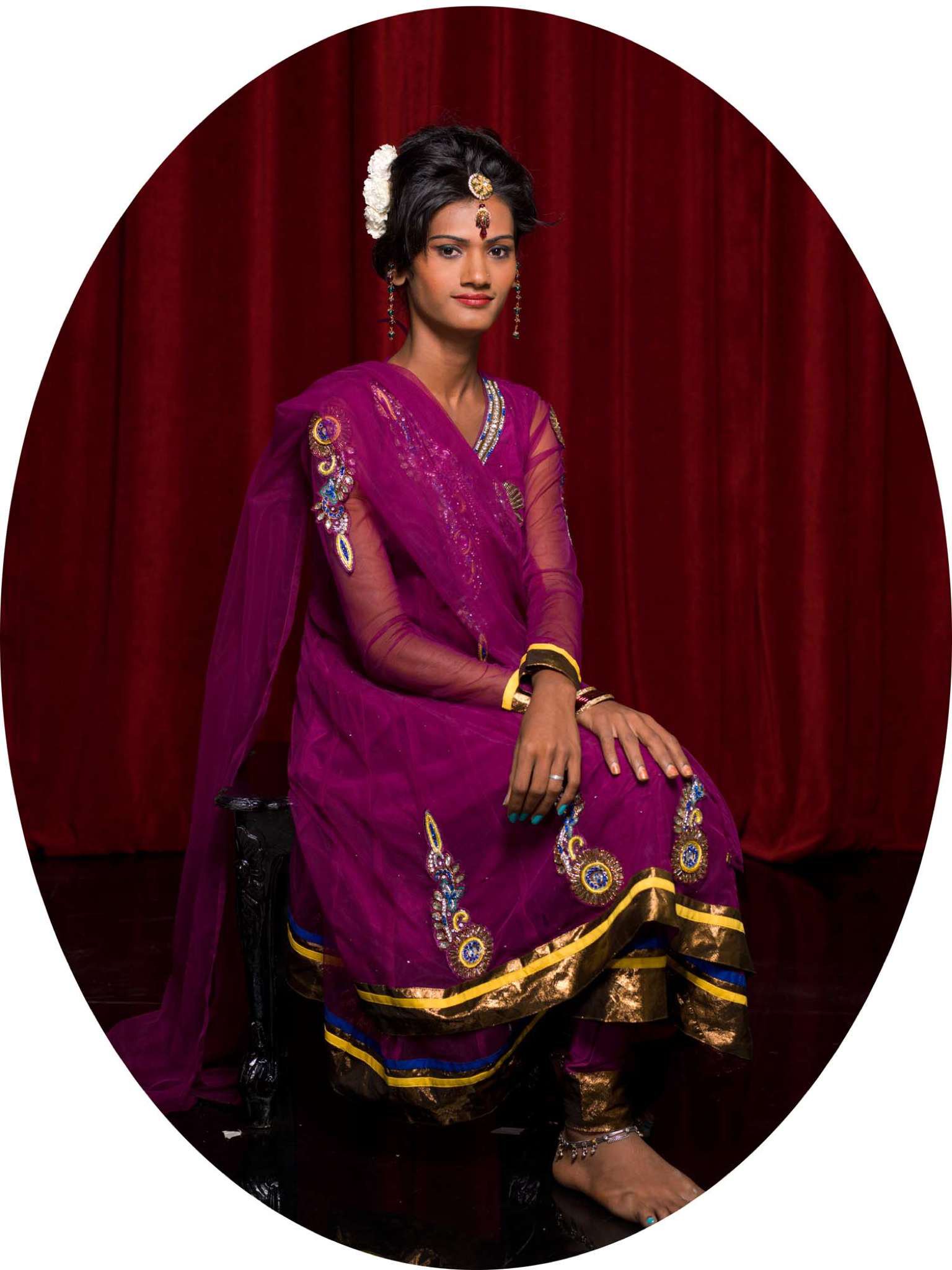
All these stories are of people, who are as normal as we are, and have the same problems as we do. The relationship they share with their families, the want for better opportunities, their quest to earn more money through a decent job; these are dreams we all see, but we have a better chance at fulfilling them because the society we live in tags us as normal and them as abnormal or nature’s cruel joke.
Even though we request their auspicious presence during a son’s birth or a marriage, we fail to absorb them in our society, or treat them as equals. We fail to make them a part of our daily lives.
This is a mindset we need to change, and change soon for the betterment of our societies and for humanity’s sake.
All the images have been used with the photographer, Jill Peters’, permission. See more of her awesome work here.





